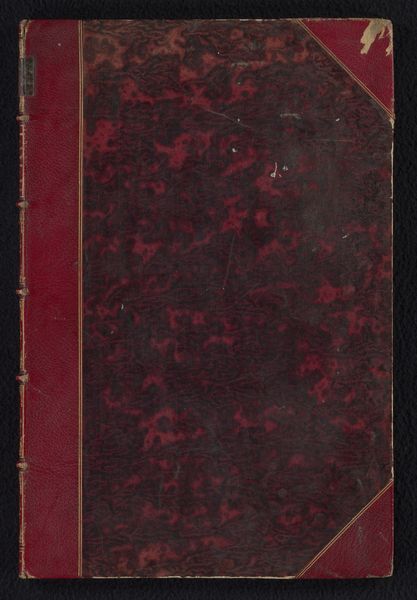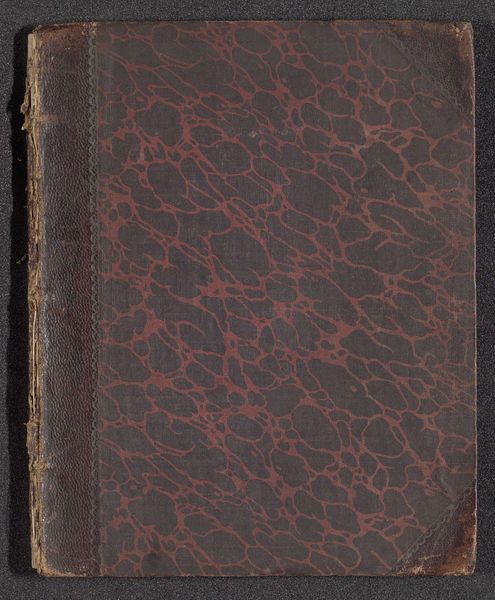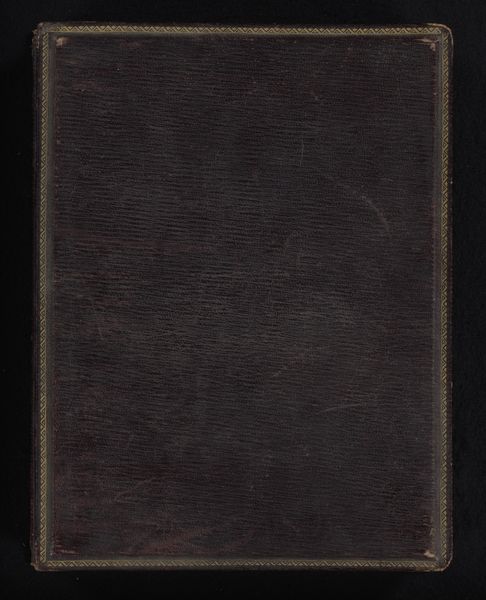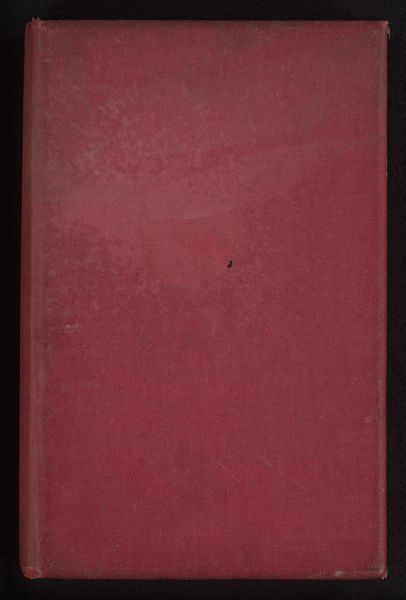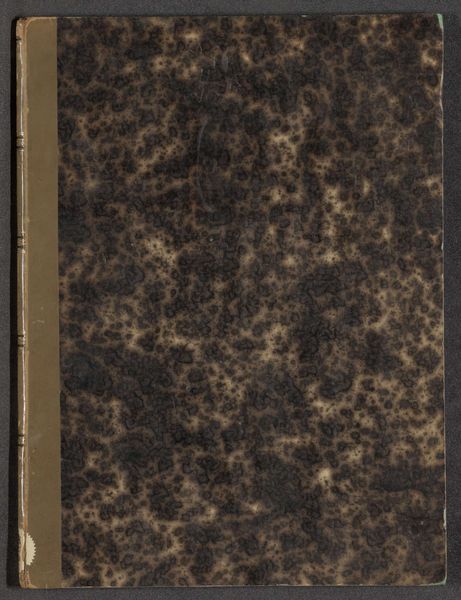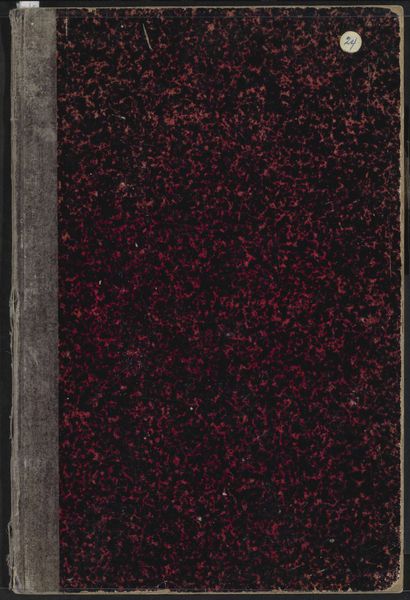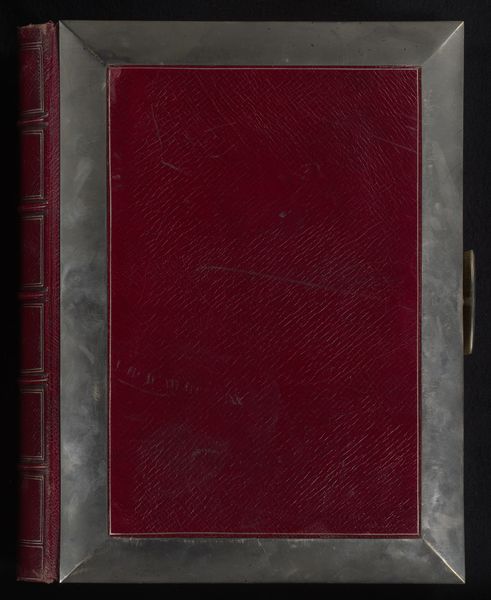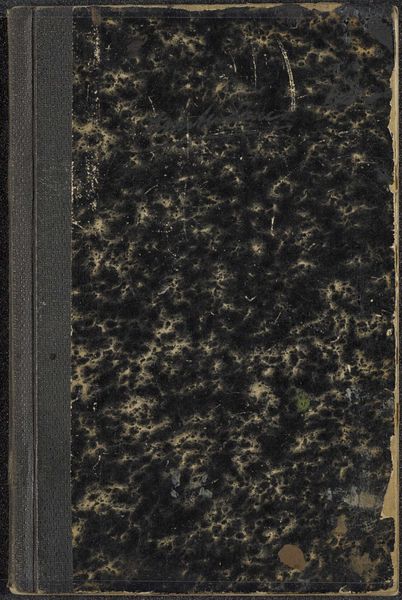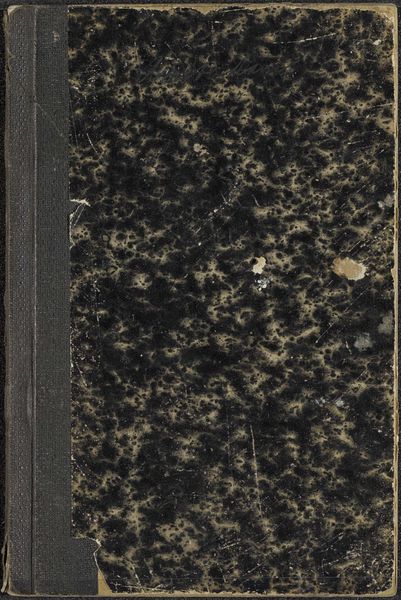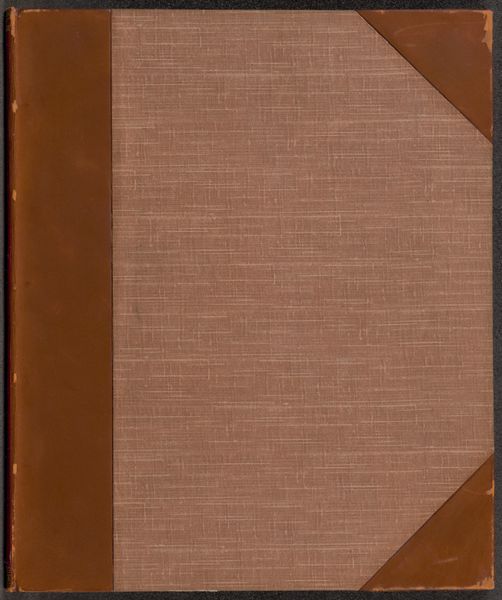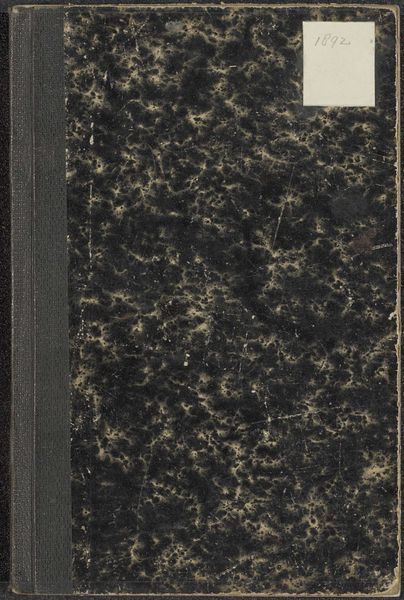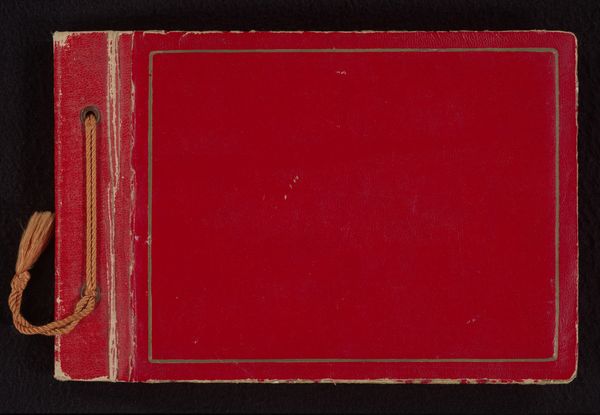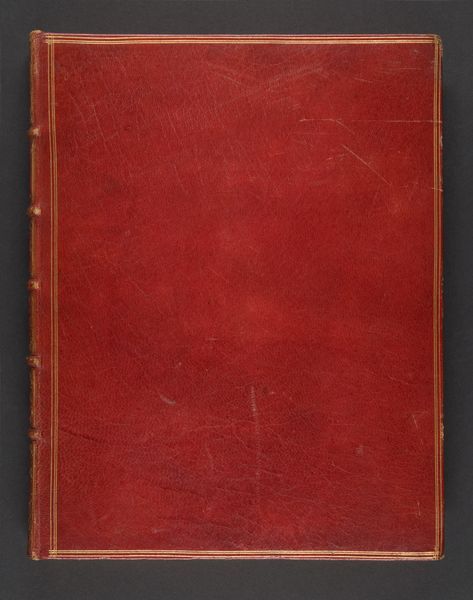
#
texture
#
watercolor
Dimensions: height 68 cm, width 50.5 cm, depth 3.5 cm, height 660 mm, width 480 mm
Copyright: Rijks Museum: Open Domain
Editor: So, this is "The Gordon African Collection: Birds," possibly from 1777 to 1786 by Robert Jacob Gordon. It looks like a bound volume of watercolors. The cover itself has this striking marbled pattern. What jumps out at you? Curator: For me, it's the book as object. Forget the birds for a moment, think about the materials themselves: the leather, the paper, the pigments used for the marbling and the watercolors inside. How were these sourced? What was the labor involved in their production and binding? This book isn’t just a collection of images, but evidence of specific colonial trade routes, resource extraction, and artisanal practices. Editor: I hadn’t really thought of it that way. More than just images, these materials are each with their own stories of extraction, and transport. What about the choice to bind it? Curator: Exactly! Why present these scientific or artistic observations in such a formal, permanent way? Was this intended as a luxury item, a status symbol for Gordon himself, or meant for a wider scholarly audience? And how did the act of binding, preserving, transform the relationship with the original subjects – the birds themselves? The social context of colonialism really shaped both the content, and presentation of the collection. Editor: So, seeing the book itself as a material object opens up a whole avenue of questions about its creation and purpose, connecting it to much larger economic and social systems at the time. It really underscores the connection of these bird illustrations with tangible resources. Curator: Precisely! And in doing so, we challenge this idea of 'high' art existing separately from the means of its making. Materiality can be an entry point to understanding power structures, consumption patterns and so much more. Editor: This conversation has made me consider books not just repositories of knowledge but as complex historical objects embedded in systems of labor and trade. I'll never look at an old book the same way again. Curator: Excellent! And always remember, every object holds a story of its making, its materials, and its place in the world.
Comments
No comments
Be the first to comment and join the conversation on the ultimate creative platform.
